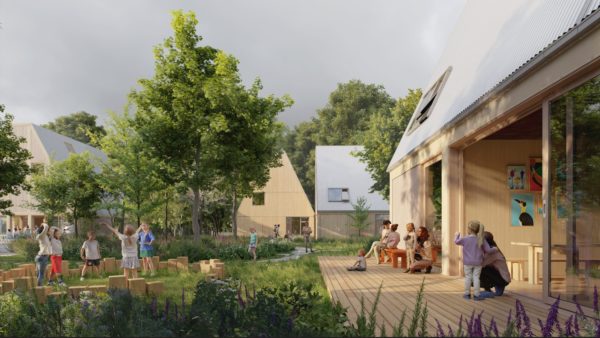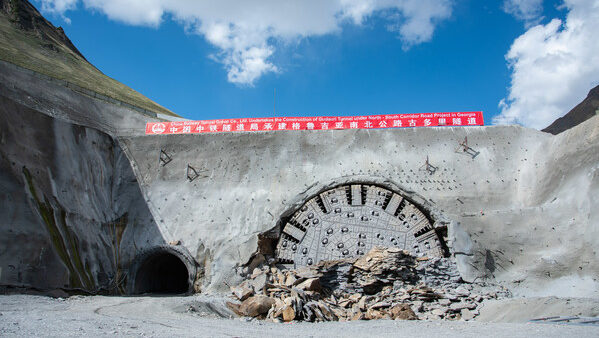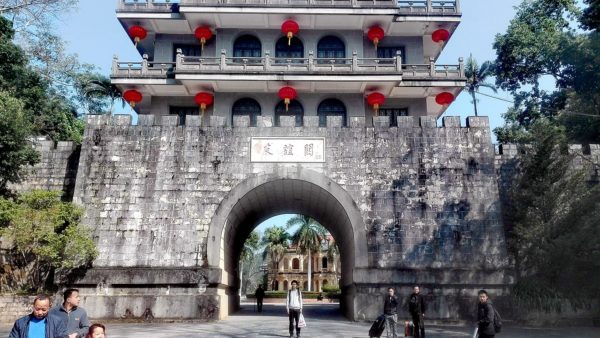China’s largest maker of car parts, Wanxiang, is planning to invest $30bn in a 770-hectare "smart city" development in its home city Hangzhou, west of Shanghai.
The development will take place over seven years, and is aimed at stimulating the use of blockchain technology in the future urban environment, reports CoinDesk.
Blockchain is an idea that developed alongside the bitcoin cryptocurrency to record every transaction that each individual coin was used for. The record exists in multiple locations in a "distributed ledger".
We want to use blockchain to manage Internet of Things (IoT) devices and help them to interact with each other. Smart appliances can be managed with blockchain– Feng Xiao, the vice chairman of Wanxiang
The company has positioned itself as an early adopter of the technology: in 2015 it invested $50m to set up Wanxiang Blockchain Labs (WBL), and last month it sponsored a six-day global blockchain summit in Shanghai.
The ability to use a decentralised database to record and validate transactions has applications beyond the financial sphere.
Wanxiang hopes to cut the upfront cost of its cars by leasing their batteries to the purchaser, rather than selling them outright. Blockchains could be used to track the batteries through their lifecycle and to let Wanxiang know when to recall them, and at the same time use them as an asset to raise capital against.
What is not yet clear is how blockchain can be used in the built environment.
Feng Xiao, the vice chairman of Wanxiang and one of the three co-founders of WBL, told delegates to the Shanghai conference: "We want to use blockchain to manage Internet of Things (IoT) devices and help them to interact with each other. Smart appliances can be managed with blockchain."
The company is still working on possible applications, and is reported to be in talks with Microsoft and IBM on future collaborations.Â
The company has also formed a venture capital fund to make money available to entrepreneurs who want to develop ways of exploiting the conjunction between blockchain and the IoT. Feng said: "We can’t tackle all the use cases that might arise from the smart city project. That’s why we’re opening it up to use cases from all over the world."
One possible application in the construction process is to increase the transparency of the information that is attached to the elements of a building information model (BIM).
The addition of a blockchain could also verify the authenticity of components, and provide their history to anyone who wanted to reuse them at a later date.
Image: Hangzhou’s West Lake (Creative Commons)










